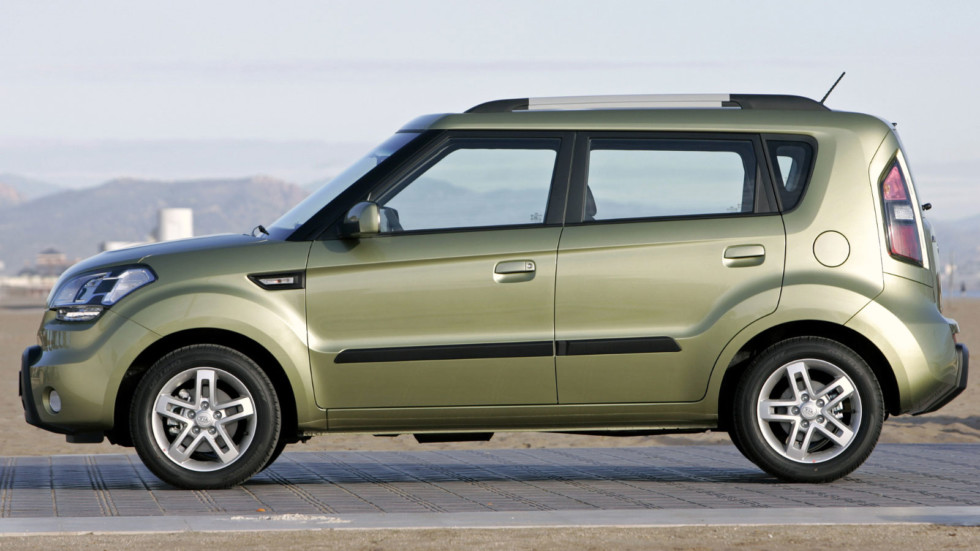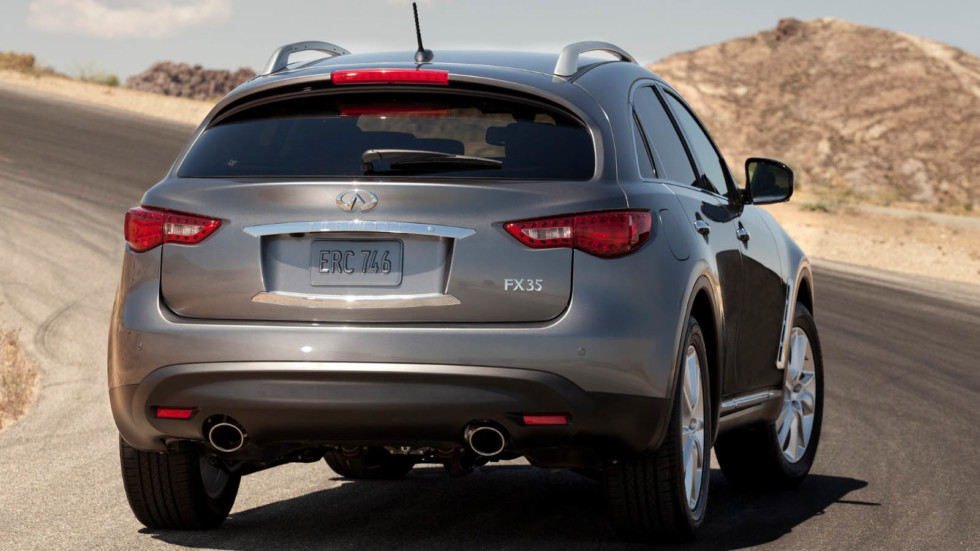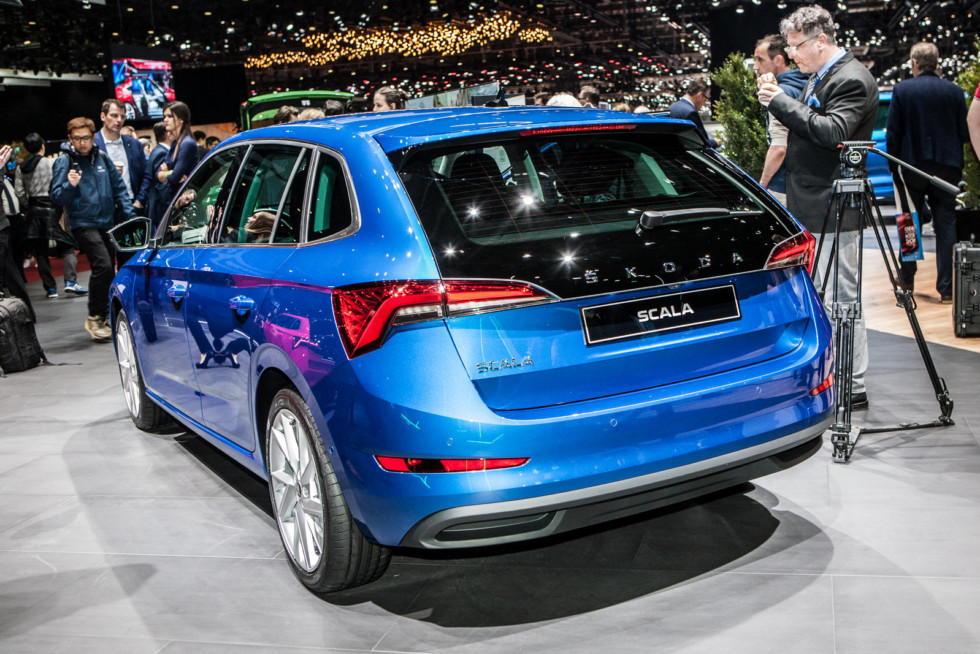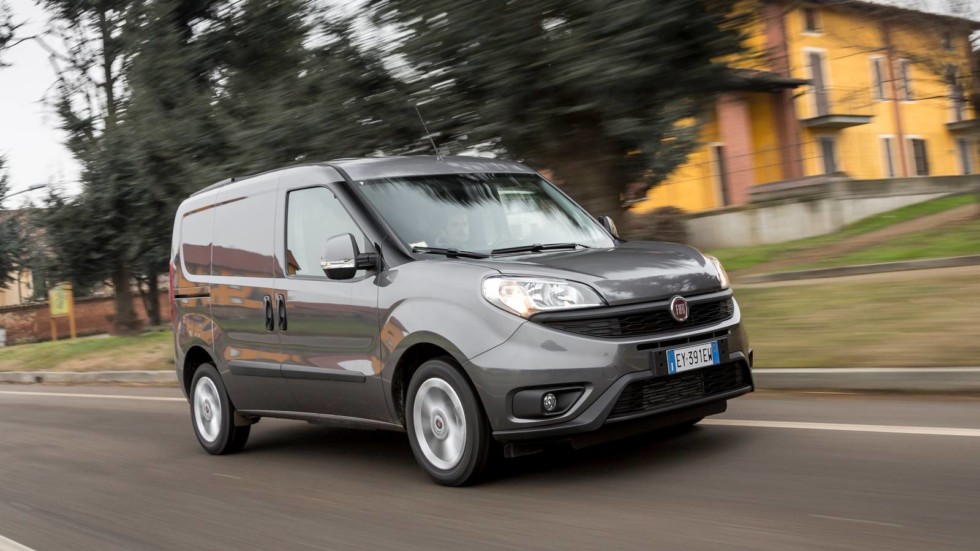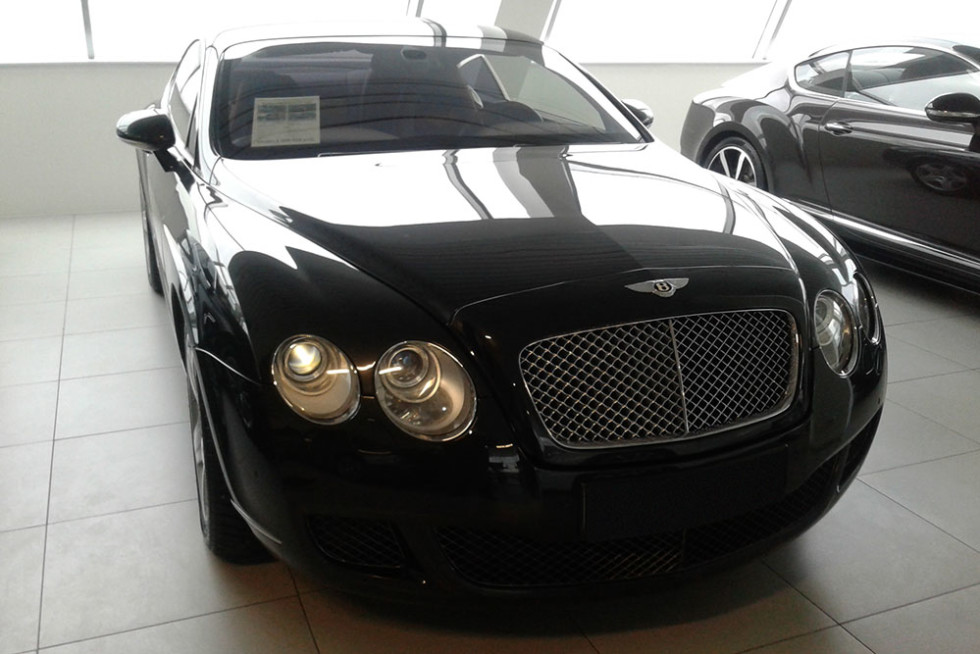Five reasons to love and hate Renault Fluence
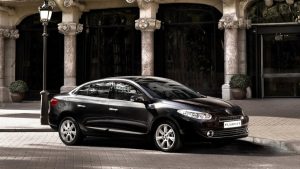 Renault Fluence has never been a hit and bestseller. There were no queues behind this model, and it was not necessary to wait for many months to receive your car in the cabin. And yet, at a certain period, this car was very popular. First of all, because it can be called a radical embodiment of the concept of “a lot of car for modest money.”
Renault Fluence has never been a hit and bestseller. There were no queues behind this model, and it was not necessary to wait for many months to receive your car in the cabin. And yet, at a certain period, this car was very popular. First of all, because it can be called a radical embodiment of the concept of “a lot of car for modest money.”
Renault Fluence was officially presented to the public in August 2009. The car was designed to replace the three-volume hatchback (notchbek) Megane II in those markets where this car was sold. However, given that this version was not in great demand, it was decided to build a classic sedan on the Renault / Nissan C platform. And in order to make the car more attractive – to increase the wheelbase to 2,700 millimeters and make it large enough, closer to the dimensions of the segment D cars.
By the way, three months earlier in Seoul there was a premiere of the same car, but carrying the Renault Samsung SM3 nameplate. The fact is that Renault Fluence was developed by an international team of engineers of the Renault-Nissan alliance as a global car, and the Korean design team took a very active part in this work. The result was a true child of globalization, intended for sale in more than 80 countries. Well, since the car was designed as “comparable in comfort to the D-segment, but affordable,” it was maximally unified with other models, including those of previous generations. So, the Megane III platform was combined with power units from the Megane II and the rear suspension from the Nissan Sentra, and the air conditioning unit, steering wheel and front panel design were unified with the Megane III and Laguna III.
Initially, the production of Fluence was launched at the Oyak-Renault plant in the Turkish city of Bursa, then earned a conveyor in the city of Santa Isabel (Argentina). Soon at the Avtoframos plant in Moscow, a SKD assembly was established, which in 2010 changed production of the full cycle. For cars for the Asian markets answered plant in Korean Busan.
The engine range, which was equipped with Renault Fluence, can not be called particularly wide. It included gasoline engines of 1.6 and 2.0 liters capacity from 106 to 140 hp There was a 1.5-liter turbodiesel in four versions, capable of producing from 85 to 110 hp Together with them could work five- and six-speed manual gearbox, a classic four-speed automatic, a CVT and a dual-clutch robot. However, in some markets – for example, in Argentina and Brazil, the sports version of the Fluence GT, equipped with a two-liter 180-horsepower Renault TCe 180 engine in combination with a six-speed manual, was also offered.
Initially, versions were proposed with a 1.6-liter K4M engine with 106 hp, paired with either the classic four-speed automatic transmission DP0, or the manual transmission JR5. Later, customers were offered a more powerful version with a two-liter M4R engine, aggregated with the FK0 variator or MKP TL4.
In 2012, Fluence underwent a serious restyling: its appearance was aligned with the new corporate style, xenon headlights appeared, a USB port in the audio system and regular daytime running lights. The updated model was presented at the Istanbul Motor Show, and its production at the Moscow Avtoframos plant began in April 2013. In addition, the 1.6-liter H4M engine with 114 hp was added to the range of power units. paired with a variator DK0.
Sales of Fluence developed quite successfully: at the price of the basic configurations, the model competed with the mass B + segment cars, and in size, options and space in the cabin – with not only C segment cars, but also D. However, the crisis affected the popularity of Fluence in the most destructive fashion: in 2015, only 1,408 Russian buyers chose this sedan, and in March 2016, the Renault management decided to stop the production of the model in Moscow and withdraw it from the market.
Still, Fluence still accounts for a significant share of the passenger car fleet and is present in the secondary market, although its liquidity is assessed as low. Why? First of all, because of a number of contradictions inherent in the model, the ambiguity of the assessment of many of its qualities by the owners and the overall image of the brand. Owners really appreciate Fluence very differently, and this applies to both the model as a whole and its individual characteristics. So what do Fluence like and why hate? It was rather difficult to answer this question, because we had to exclude from the story those qualities that caused diametrically opposite reactions, and leave only those in which the owners showed sufficient unanimity.
